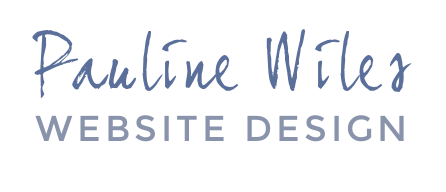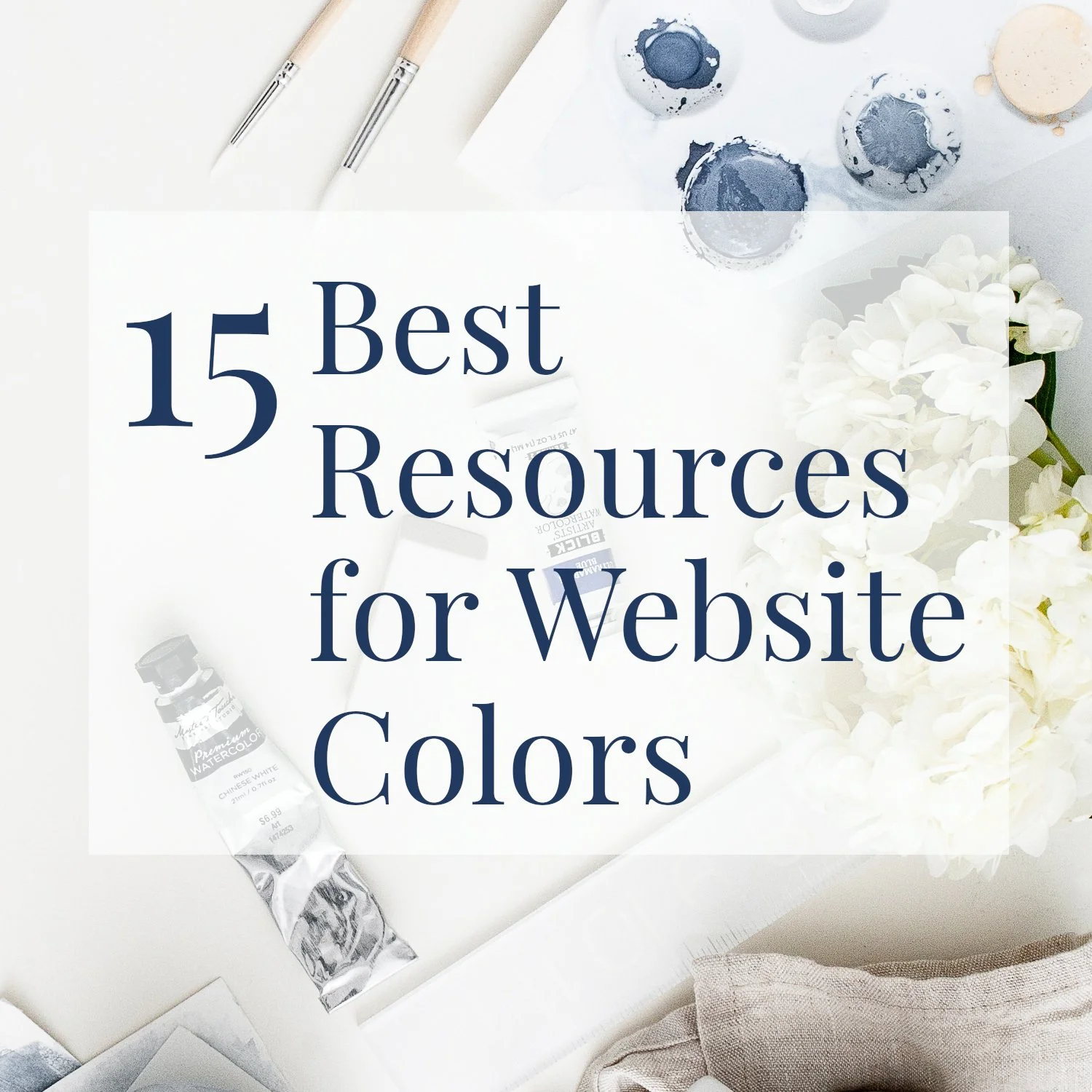What Photos Do You Need on Your Website?
When a visitor lands on your website, the photos they see are a vital part of the first impression you make. It’s essential that your pictures are high quality, relevant, and uploaded properly.
However, that doesn’t necessarily mean you need lots of pictures. As with other aspects of your work, quality is better than quantity.
Here, I list the photos you should include, depending on the main focus of your website. And there’s a checklist too, for how to use them well.
Contents:
Photos for your consulting website
Photos for your speaker website
Photos for your nonfiction author website
Photos for your fiction author website
What photos don’t you need on your website?
Using photos properly on your website
The photos you need on your website
Consultant website photos
Your professional headshot
Ideally: you speaking, leading a workshop, or another photo of you working
Ideally: photos of clients, to go alongside their testimonials
Your book, if you have one
A mockup of your lead magnet, if you use one. For example, you might offer a workbook, white paper, or video training. Here’s how to make a mockup image, for free.
Example: A Clean Slate
Speaker website photos
You, speaking
Your professional headshot
You speaking, from a wider angle, for example a stage shot that shows your audience and their reaction to you
Ideally: photos of clients, to go alongside their testimonials
Your book, if you have one
A mockup of your lead magnet, if you use one. For example, you might offer a workbook, quiz, or video training. Here’s how to make a mockup image, for free.
I'm not discussing video tips here, but obviously video will play an important part on your speaker website, too.
Example: Zakiya Fatin
Nonfiction author website photos
Your book. Bonus points for a mockup that shows the different formats that are available. Here’s how to make a mockup image, for free.
Your professional headshot (no badly cropped family snaps, please!)
A mockup of your lead magnet, if you use one. For example: a workbook, checklist, quiz, or video training
Related reading: 33 reader magnet ideas for authorsPhotos of other activities, like book signings, speaking, or workshops
Depending on your subject matter, photos that take the reader deeper inside your book can work well
You might also choose to embed your Instagram feed if your content is "on brand" for your author activities, not just personal pictures
Example: Lisa Manterfield
Fiction author website photos
Your book(s). Again, I’m a big fan of mockups that make your books look real. Here’s how to make a mockup image, for free.
Your professional headshot, although this is less critical for a fiction author, especially if you use a pen name or are keen to remain anonymous. But if in doubt, I do recommend that you add your photo.
Optional: other activities, like book signings, a launch party, or an "unboxing" celebration when your author copies arrive.
A mockup of your reader magnet, if you use one. Even if you're giving away a free short story, make sure it has an attractive "cover".
Related reading: 33 reader magnet ideas for authorsYou might also choose to embed your Instagram feed if your content is "on brand" for your author activities, not just personal pictures
Example: Hank Ellis
What photos don't you need on your website?
Example: The Decision Coach
Every website, and its strategic purpose, is different. However, you might be able to skip:
A banner photo at the top of every page
Generic (stock) images of office buildings, corporate meeting rooms, and anonymous mountains / rivers / oceans
Remember, your website designer can add visual interest with icons, textures, and graphics that represent your methods. Don’t feel you have to stuff your website with photos, just for the sake of it.
Using photos properly on your website: things you or your website designer need to do
You can’t just slap photos on your website pages and hope for the best. Here are 8 tasks that either you, or your professional website designer, must do:
Curate photos so they're relevant for your brand and the message you want to convey
Essential: make sure you have the legal rights to use the photos
Author tip: if you're publishing independently, be certain your book cover designer isn't infringing photo or image copyrights. Generally, a professional cover designer will understand and work within the law, but someone you hire through Fiverr or Upwork is more likely to take shortcuts and land you in hot water.
Adjust the photo file size, so your website pages load quickly
This is important not just for a good visitor experience, but for how Google judges your site, too.
Your photos can still take up plenty of space on the screen, but a professional designer should be optimizing your photos for load speed.
Check that when the photo is cropped for different screen sizes, it still looks good. I see too many websites where your face is chopped off. This can happen both on a mobile device and a very wide desktop monitor.
If necessary, adjust the brightness, contrast, or other color tones so the photo works well with your brand and the other images on your website.
Make sure there is adequate spacing around the photos on the page: having text crammed up against a photo is a sure sign of an amateur website.
Add appropriate "alt" text to every photo. This helps visually-impaired website visitors, and could also boost your SEO, since Google's robots read these image descriptions.
And I'm a big fan of turning a "flat" book cover into a 3D mockup. (See here, for easy ways to do this.)
The right photos will make or break your website's first impression!
When I assess a website for quality, professionalism, and effectiveness, photos and images are one of the most obvious aspects. If you get your photos wrong, a visitor may not stick around long enough to read your words and explore your work.
Would you like me to plan, design, and build your Squarespace website?
If you’re ready to discuss a professional, strategically designed website, then I’d love to chat. After careful preparation together, I’ll design, build and launch your site in just 2-3 weeks. Learn more about working with me, and then schedule a complimentary conversation.













